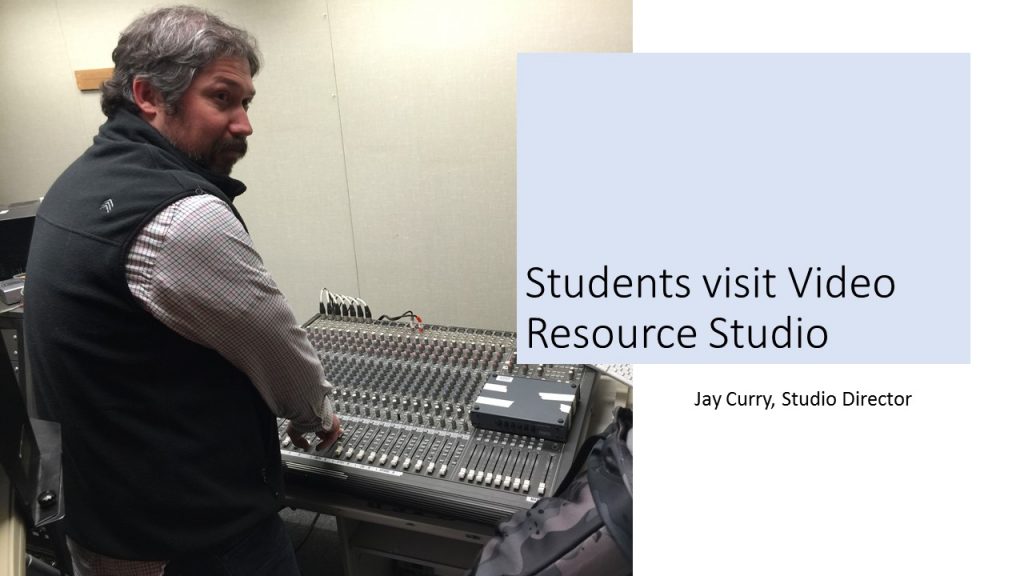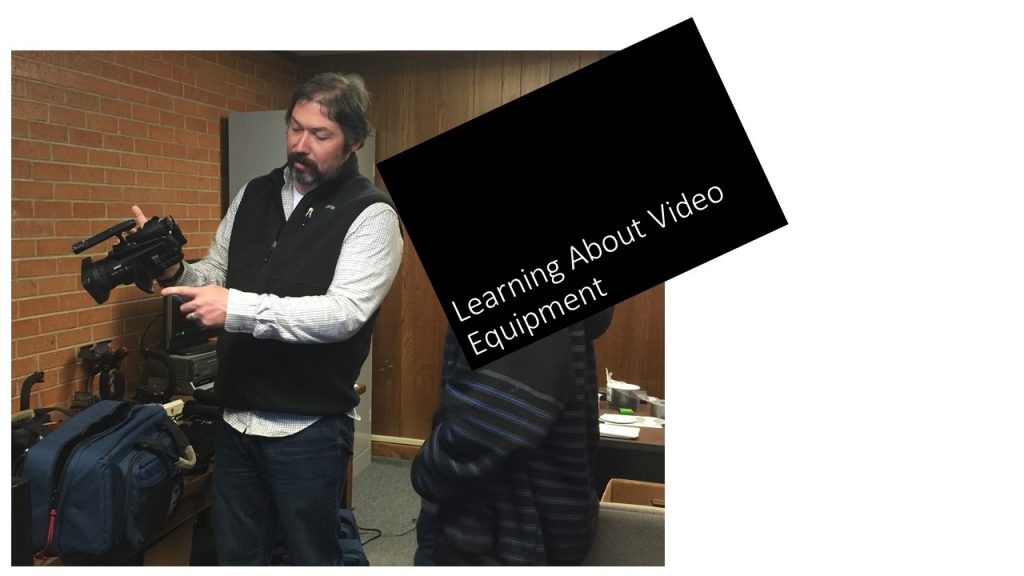

Hi everybody!
Well, I’m not sure how you did with sweets on Tuesday, but I must tell you, I ate a lot of chocolate on Valentine’s Day so my sugar overload was very real and I’m paying for it now. I guess it was worth it though!
Anyone who knows me understands that I like to laugh, have fun, kid around, play, be spontaneous and I am just a pretty easy going person. They know I am passionate about school libraries, teaching, and learning and a pretty hard worker. What these people also know is that when it’s time for me to be serious or address serious topics, I can sit up straight, focus, and take on the serious topics. I have found that I need to kinda do the same thing with online teaching. You have to interject humor when you can, be willing to laugh at yourself, bring things to life and make the environment a little more personal, and have fun with the journey letting your passion for the topic guide you. To my new friends I am meeting through this blog, it is great to meet you and I hope you will also feel this in my writing! I love to write but tend to be a “flowery” type of writer. My husband Dennis, who by the way is my other fuzzy friend (see picture below) always tells me “the Reader’s Digest condensed version please”, so you probably get the point. I’ll do my best to keep my word garden in control and not overdo it, but I am writing on topics that I am totally passionate about so it might be difficult. Two topics near to my heart-Guided Inquiry and alternative education kids. As I write, I still reference the alternative education kids as ‘mine’, they are still in my heart!

My other fuzzy friend and husband, Dennis. We are working on our selfie skills!
For this post I would like to reflect about how Guided Inquiry is a great fit with all types of learners because to me, there is not a prescription for the type of student who is a ‘good match’ for GID. In fact, I can argue that I think students who are challenged to be successful for a variety of reasons are a GREAT match for GID. I miss my kids at Dimensions (no offense to my fantastic graduate students who are hopefully reading this). I loved working with alternative education students and believed in helping them realize their own potential and to tell you the truth, they helped me realize by own potential in ways they will never understand. Alternative Ed kids tend to get a bad rap, often times viewed as ‘those bad kids who go to that special school for kids always in trouble’. When I began working with alternative education kids 16 years ago, I never, ever, even for one second, thought, ‘these kids can’t do it’.
I don’t ‘classify’ students by abilities, I see a group of brilliant minds. For the purpose of illustration, consider these three sets of students. The struggling, successful, and advanced learner all with a range of abilities, motivation toward learning, experiences, backgrounds, etc. which impact their learning. Sounds like a typical classroom, doesn’t it? If this is a continuum and we think about GID, each of these groups of students are able to be successful in their own way every step of the GID process.
| Struggling Learner |
Successful Lerner |
Advanced Learner |
For a group of middle school alternative education students, a GID project helped tremendously with transitioning to high school and for one student in particular, changed their life. A personal goal of mine was to bring as many learning opportunities to the students as possible and so as a team, the middle school class of 6 students, the classroom teacher, and myself as Teacher Librarian started a project to set up the “Bulldog Brilliance Lab”. The goal for the lab was to have a place where students could extend classroom learning through creating, so we wanted to have a green screen with video and editing equipment, MakerSpace tools and gadgets, thus creating an environment where kids were comfortable to express themselves. This project naturally unfolded as a GID unit. It was totally a student driven project from identifying needs for the lab, seeking pricing, funding, presenting to groups for possible financial support, working on grant writing with the teachers, and really taking in ownership in the process. What authentic learning opportunities!

As part of the project, students went on a field trip to the high school video resources studio. This studio is on one of the high school campus in the school district that offer media production classes and also maintains the school TV channel. Dimensions kids actually got to run video equipment, work with editing footage, talk to high school students, and be a part of productions. It was a great experience for all of them! One student in particular, we will call him James, comes to mind – he was terrified of going to high school, period. During the field trip, James was able to talk to the media teacher one-on-one and mingled with high school students who he could relate to. Fast forward – the kids were so into creating video projects back at Dimensions where they wrote scripts, rehearsed, recorded and edited the footage so it could be shown on the school channel. (P.S. My secret goal was to help the community see that these kids were rock stars and not the ‘bad’ kids.)

Thank you Mr. Jay Curry!
Anyway — these middle school students took leadership roles working with the entire school to produce videos. They wanted to create a weekly program spotlighting teachers and students and the activities that happened at school sharing that ‘good happens’ in alternative education. Another idea they had was to create a video tour of the school for new students so they could actually get a feel of the ‘community’ before they came there as a new kid. Let’s get back to James — as a result of this GID project doing what he loved (Third Space at its best) and the connections he made at the high school, his fear of going to high school turned into motivation toward entering high school – he was excited to get to high school! . You see James had such a Third Space Connection because he writes his own scripts at home and produces them on YouTube. And here’s the really great news – the classroom teacher noted that student behavior improved AND the quality of student work improved. Oh and by the way, James is doing famously at high school last I heard.

Let’s go back to the statement that GID is a good match for all types of learners. The example above clearly illustrates the possibility for students, all types of students. Are you wondering about the project and how it ended? The Bulldog Brilliance Lab was a success and the vision became a reality. It was not a reality with shiny new equipment but a reality through donated resources that we put to great use! Our kids didn’t care that the MAC computers were not new, they didn’t care that the green screen had a tear in the corner, and they didn’t care that created projects were not perfect. What they did care about is they were doing something they loved, something they were passionate about, and something that was helping them realize their own potential. Gosh, this sounds really similar to the author of this post.
Until the next post, I vow to have NO MORE CHOCOLATE!
Cheers,
Buffy Edwards, PhD, MLIS
Energetic Educator and Online College Professor
drbuffyedwards@gmail.com, buffyedwards@sbcglobal.net
@nd4buffy